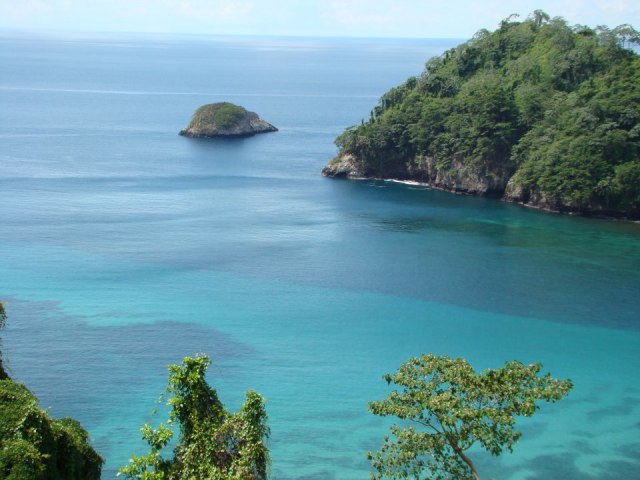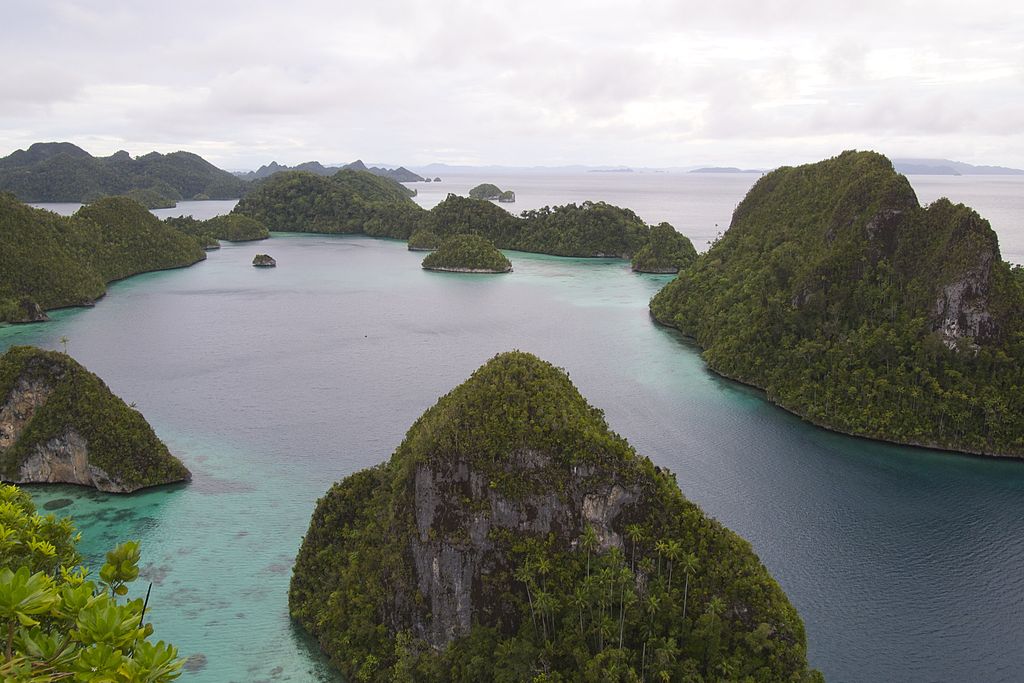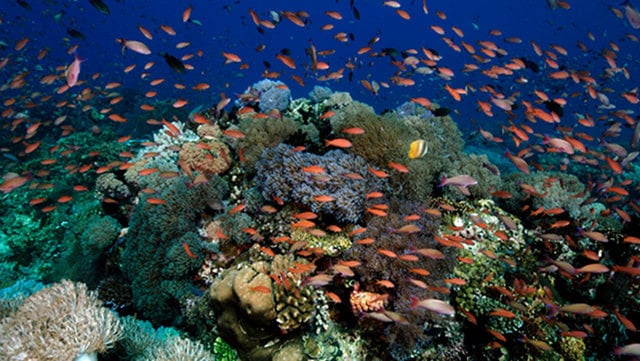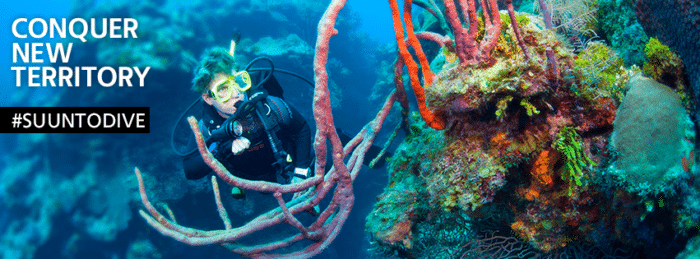To many divers, a liveaboard vacation is an ultimate getaway. It is a vacation focused solely on diving often with four or five dives a day. Your day is filled with diving and you relax during your surface interval knowing the dive deck crew will have your gear ready for the next dive. At the end of the day, it is prepared for the next day waiting in the same place. You often can do a sunrise dive before breakfast, seeing the marine life coming out of hiding and those that were active in the darkness of night hiding away from the light of day. As the light increases from the rising sun, the reef changes, and you are there to experience it. Back onboard you get ready for your day, after breakfast, it is another dive. No worries about finding a place to eat or waiting in line, meals are just a few steps away. On most liveaboards, a few times each week will be twilight or a night dive before dinner.
Each liveaboard and liveaboard destination is different. The Red Sea is one of the more popular destinations for liveaboards. It is just one of the many places around the world to take a liveaboard diving vacation. The Maldives is another excellent dive location for liveaboards. Both of these locations have both liveaboard and resort dive centers. Liveaboards brings divers to dive sites that often can not be reached from land resorts. These four destinations stand out for being unique liveaboard experiences with dive sites that are not within a range of land resorts.
Cocos Island Costa Rica, A Liveaboard Destination of a Different Era

Cocos Island National Park of Costa Rica is the most remote destination for liveaboards. After an international flight into San Jose, Costa Rica liveaboard guests spend the night in the city. In the morning they are picked up and transported to the yacht located at the port of Puntarenas, two hours away. Once aboard the yacht, you will have ample time to become familiar with the liveaboard and your fellow divers, it is a 36 hour sailing to the island.
Your first impression of this island is that it belongs in a long lost age. You are not the only one to get that impression, The opening scenes of the movie Jurassic Park were shot here. Remember the waterfalls? Jacques Cousteau pronounced Cocos, “The most beautiful island in the world.” and nothing has changed to alter that impression. Cocos Island is the tip of an underwater mountain that rises 2,100 feet (634 meters) above the ocean, some 340 miles (550 km) off the coast of Costa Rica. Fringing reefs drop off to ocean depths. It’s nearest neighbor, outside of the national park, is a small island a few hundred miles away, another mountain top and a part of the Galapagos archipelago.
It shares many traits with the Galapagos: such as unique species, converging currents, massive schools of hammerhead sharks, challenging dive sites, impressive coral reefs and unsurpassed marine life. Far from the effects of man and a protected zone from any type of fishing the reefs are pristine. Whale Sharks, Whitetip Sharks, Tuna, Manta Rays, Turtles and Giant Frogfish are some of the marine life found here. The coral and undersea seascape are breathtaking.
Diving here is for advanced divers who are experienced with both deep dives and diving in strong currents. The Aggressor fleet and the Undersea Hunter Group provide liveaboards year-round to the island. Most of the trips are ten days with seven days of diving.
If sea conditions permit, hikers can explore portions of the island including massive waterfalls and swim in the pools at their base. Cocos Island National Park was designated a World Heritage site by UNESCO in 1997. The only people living on the island are the park rangers.
Raja Ampat, Indonesia

Raja Ampat Archipelago is one of the world’s last wild places. The Archipelago – four main islands and up to 1,500 smaller islands, islets and cays – is located in the northwestern section of the island of New Guinea. A portion of Papuan’s “Bird’s Head Seascape” it is considered the crown jewel and covers 50,000 square kilometers. There are 1,430 species of reef fish that have been identified in Raja Ampat with more found each year. The Bird’s Head Seascape has the most known species in the world, 1,628 species of reef fish. However, scientist notes that studies in Raja Ampat are fairly recent. The area has ten times the number of coral species than the Caribbean. The Raja Ampat government has declared a network of seven MPAs. They cover nearly 900,000 hectares and approximately 45% of Raja Ampat’s coral reefs and mangroves. Local residents have been very cooperative in finding methods to protect the environment. Most of the diving is done among the four main islands or “Kings” of the archipelago: Waigeo, Salawati, Batanta, and Misool.
The WWF calls it: The Richest Coral Reef on Earth & Indonesia’s Top Liveaboard Diving Destination. Here is what the WWF says about the area:
“Located at the intersection of the Indian Ocean and the Pacific Ocean, Raja Ampat has been described as a ‘species factory’. Powerful deep-sea currents funnel nutrients into Raja Ampat’s delicate fringing coral reefs, blue water drop-offs, mangrove flats, and seagrass beds to form the foundation of the food chain which feeds a spectacular diversity of marine life.”
That is a fairly strong endorsement from an ecology and conservation group. Given the size of the area, the variety of different types of dives and the lack of widespread infrastructure, a liveaboard is the best way to dive this area. Some of the best dive resorts in the world are located here, but they are very few. Six dive resorts call the area home, that is against the over 40 liveaboards that sail the Raja Ampat Archipelago.
Galapagos, more than swimming Lizards
To a high school student, the mention of the Galapagos Islands Archipelago brings forth thoughts of Charles Darwin, strange animals and isolation. To the scuba diver, it brings forth thoughts of Darwin and Wolfe Islands, Massive schools of hammerhead sharks, converging currents and an extreme dive destination for very experienced divers. These islands off the coast of Equator attract nature lovers for both the intensity and variety of wildlife they have. Most of these islands have changed very little since Charles Darwin first visited and noticed how certain animals had evolved differently than on the continents. San Cristobal Island in what is called the central area has the only airport.
The diving in Galapagos is unmatched in the world, you will hardly find a diver who can cite a different location with the diversity of marine life you will find in this island chain. It is not so much the number of species, it more the range of types. You can dive in high 20-degree water in the morning and see a range of tropical marine life, move the boat to the other side of the island and the water is 10 degrees cooler and you are seeing cold-water marine life.
The diving is excellent everywhere in Galapagos. However, the liveaboards travel 350 km to dive two small islands, Darwin and Wolf. These two islands with only four dive site have some of the most unusual diving in the world. Schools of adult Hammerheads that can number in the hundreds, shallow nurseries with juvenile hammerheads, caves with reef sharks and stacks of nurse sharks. There are drift dives that will take you along walls, out to the deep and then bring you back to the shallow reefs. To and back from the Wolf and Darwin islands, the liveaboards have other dive sites that they stop at, each dived only by liveaboard and unique from anywhere else. Liveaboard operators required divers to be experienced in deep and drift diving and have logged over 100 dives.
Liveaboard Dive the Philippines

The Philippines has always been considered a great diving destination, however, infrastructure and poor dive services have always held it back. Those issues are being remedied, diving is becoming more popular and the number of international divers visiting is climbing rapidly. Many of the best diving is best done by liveaboard and the Tubbataha Reefs Natural Park is only available from liveaboards. Tubbataha was declared a national marine park in 1988.
A UNESCO World Heritage site, the park is a 97,030-hectare Marine Protected Area (MPA) in Palawan, the westernmost Philippine province. Actually, that a little misleading as the reef is located about 150km southeast of Puerto Princesa City. Tubbataha Reefs is comprised of two atolls and an isolated coral reef about 20 km to the north sitting in the middle of the Sulu Sea. The reef is almost the exact center of the Coral Triangle, the global center of marine biodiversity. The waters around and between the atolls drop more than a 1,000 meters. The upswell from these deep waters are nutrient-rich and feed the reef. The reefs are also visited by pelagics such as sharks, tuna, and barracuda. The Sulu Sea has strong currents and conditions can be very harsh. The diving season is only three months long.
There are currently twelve liveaboards that visit Tubbataha Reefs, of these five sails in the Philippines year-round, two split times with Palau and the rest are only active for the Tubbataha Reefs diving season. The liveaboards sailing year-round is a recent development. The increase in interest of the Philippines as a dive location as allowed the liveaboards to start offering other remote or unique liveaboard trips.
Liveaboard Diving For Experienced Divers
NOTE: These four liveaboard destinations are remote and except for Raja Ampat Archipelago are for experienced divers. There are many other liveaboard destinations that are as suited for beginners as they are for advanced divers.
Brought To You By
This guide is brought to you by Suunto. We recommend that you use a Suunto Dive Computer when diving one of these dive sites. Suunto is the world’s leading dive computer designer and manufacturer providing diving instruments for recreational, technical and freediving. You can find out more at Suunto.com.


